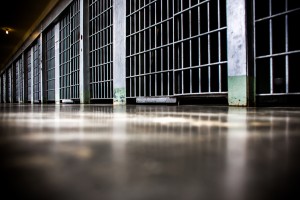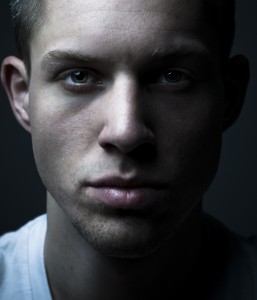We invited Joanna Ezratty, our 2015 summer intern through Cornell University’s Blumenthal Internship Program, to write a guest blog post this week. She graciously agreed. Thank you, Joanna!
*****
A Recent Report Published By The Annie E. Casey Foundation
In 2011, the Annie E. Casey Foundation (AECF) published a report titled “No Place For Kids: The Case for Reducing Juvenile Incarceration.” This publication illuminated the various inadequacies of juvenile correctional facilities. Time unfortunately has not aided the healing process of this broken system.
Four years later, these inadequacies remain prominent, motivating AECF to recently publish a follow up report titled “Maltreatment of Youth in U.S. Juvenile Correctional Facilities: An Update.” This report specifically highlights the continued, and in many instances, increased prevalence of maltreatment experienced by youth residing in juvenile correctional facilities throughout the United States.
While there is evidence of maltreatment in facilities across the country, certain states were listed as repeated offenders. Unfortunately, New York is one of seven states where maltreatment has persisted despite having been identified as a perpetrator of maltreatment in 2000.
Evidence Reveals That New York’s Juvenile Correctional Facilities Are Culpable
Don’t be fooled by the label “juvenile correctional facility.” AECF’s 2015 report explicitly states that juvenile correctional facilities are essentially prisons, and youth placed in these facilities are exposed to many, if not all, of the horrors experienced by adults in adult prisons. These horrors that fall under the larger umbrella of “maltreatment” include, but are not limited to, violence, sexual abuse, and isolation/solitary confinement.
In an effort to quell public concern and combat the issue, New York has taken strides to reform its juvenile correctional facilities. In 2008, the Office of Children and Family Services (New York State’s juvenile corrections agency) closed several juvenile facilities. The state also established a “Close to Home” program, allowing hundreds of incarcerated youth to remain under the control of New York City’s Administration for Children Services instead of being placed in upstate facilities far away from their families.
Nevertheless, state attempts to ameliorate the situation have been largely unsuccessful. Safety for youth who remain in facilities has not improved. According AECF’s 2015 report, “in 2012, 337 assaults took place in the state’s four remaining secure facilities, three times the number that occurred in any of the previous four years.”
So Where Does New York Stand?
There is no doubt that maltreatment within juvenile facilities is rampant. The report cites a striking statistic collected from a 2013 national survey by the Federal Bureau of Justice Statistics (BJS). The second national survey to report on sexual victimization of incarcerated youth, the data revealed that “9.5% of incarcerated youth reported being victimized sexually by staff or other youth in their facilities during the prior year.” Surprisingly, BJS cited that zero incidents of sexual maltreatment had been reported in New York State – a questionable statement in light of both AECF’s findings and BJS’ own national estimates. It’s possible that low participation rates from New York youth played a role.
So where does New York stand? After much debate this spring, New York was not able to pass Raise the Age legislation to change the age of adult criminal responsibility to 18. Governor Cuomo did, however, say he plans to issue an executive order, mandating that separate facilities be established for 16 and 17 year olds in New York State. However, it seems unlikely that Cuomo’s order will be an effective solution in promoting safety for incarcerated youth given what we know about the violent nature of juvenile correctional facilities.





Congrats Joanna! A good read.
A great post by Joanna Ezratty, i would like to congratulate her for writing on such a topic.